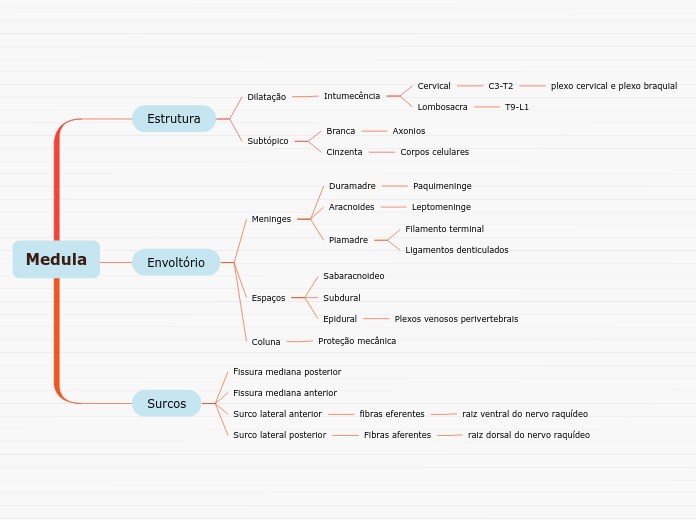av Mayara Lopes för 4 årar sedan
191
Medula
O texto aborda a anatomia e as características da medula espinhal, destacando suas diversas envolturas e os espaços que a circundam, como os espaços subdural, epidural e sabaracnoideo.

av Mayara Lopes för 4 årar sedan
191

Mer av detta

To name your story, you have to think about the overall message and what you want your audience to understand from the story. Also, make it relevant and easy to remember.
The ending of a story is essential. We all know that if the ending is weak, what happened before loses its importance. So make it unpredictable, but fair. A resolved ending answers all the questions and ties up any loose threads from the plot.
raiz dorsal do nervo raquídeo
raiz ventral do nervo raquídeo
This is the closure section of the story.
See examples of possible outcomes below:
This is the moment when the main character surpasses the last obstacle and finally faces their greatest challenge.
The climax usually follows one of these patterns:
Type in your answer.
The middle of the story is where you add layers of complications that will lead to the end. Reveal more about the character's journey. Did their personality go through changes? How did they overcome the challenges? And as you build up the story’s central conflict, make it more personal to that character. Also, from the middle act, you have to lead into the final act.
There wouldn't be any tension and excitement in your story if there weren't any obstacles in your character's way.
A story is nothing more than a character overcoming a series of difficulties to reach the desired goal. Obstacles usually create suspense and conflict. In overcoming obstacles, there is growth: weak becomes strong; hatred turns into love; sadness into happiness; wrong into right; lies into truth; or evil becomes good.
See a few examples below:
Plexos venosos perivertebrais
Your character(s) need(s) motivation in order to solve the challenge(s).
Ligamentos denticulados
Filamento terminal
Secondary characters also might have motivs beacuse of which they may cross path with main character or which might trigger them to help the main character.
Leptomeninge
Secondary characters might also have motives that lead them to cross paths with the main character or which might trigger them to help the main character.
Paquimeninge
In the beginning of the story (or the exposition), you will need to introduce the setting and characters. You might also want to introduce the main conflict. This part of the story is important because it gives the reader necessary background information and maybe even a first insight into a character’s personality.
Corpos celulares
Axonios
Characters are essential to a good story. Usually, the protagonist(s) is/are the most affected by the plot. Introduce a character by focusing on their actions, interests, and occupation, as the physical appearance doesn't make a difference in most cases.
Type in the name of your character.
Lombosacra
What is your character's main goal?
T9-L1
Cervical
Choose the type of your chacter:
C3-T2
plexo cervical e plexo braquial